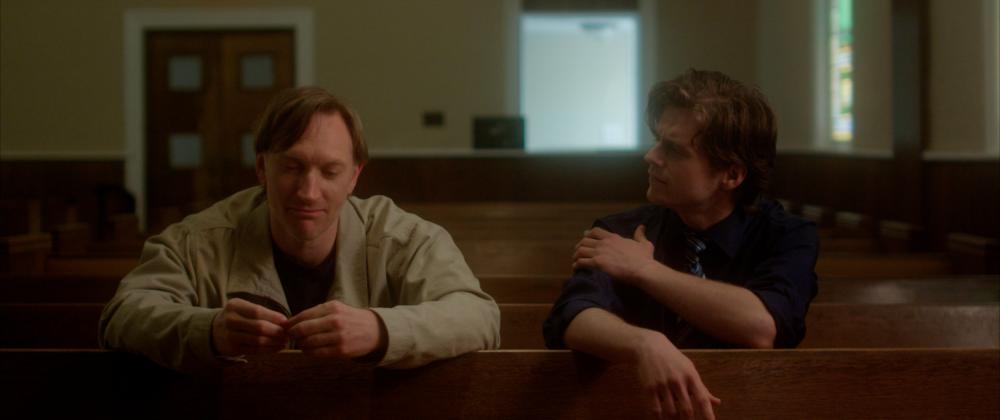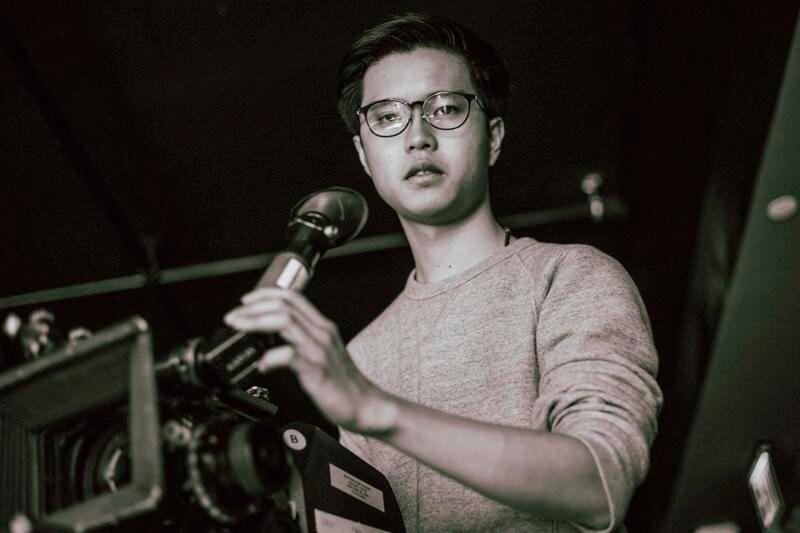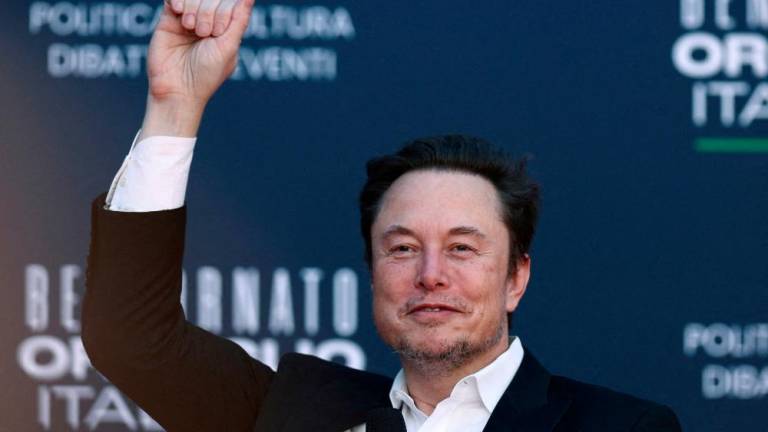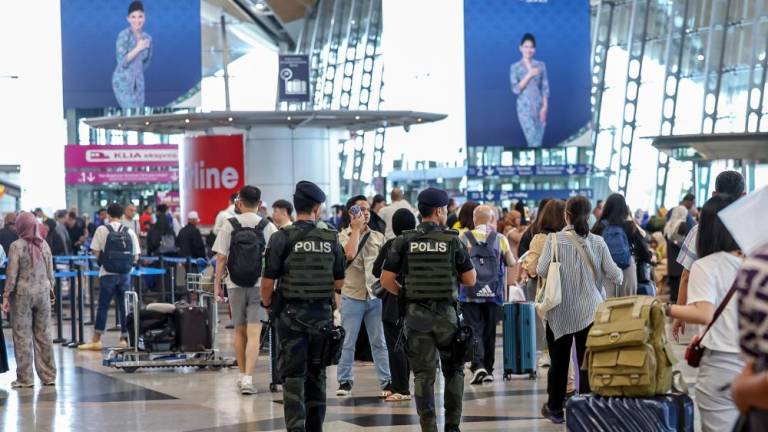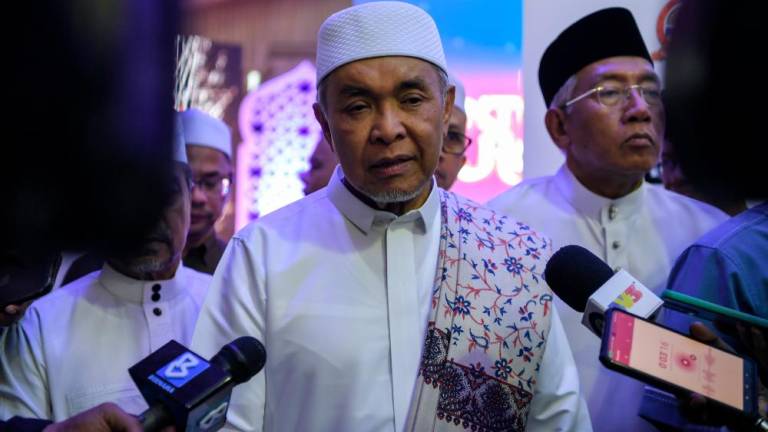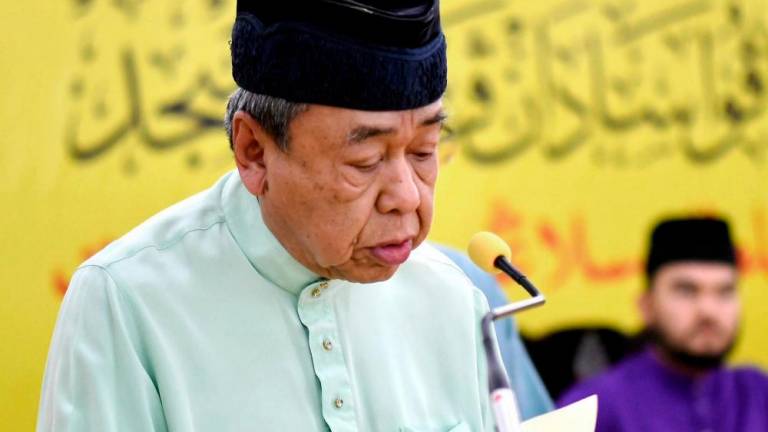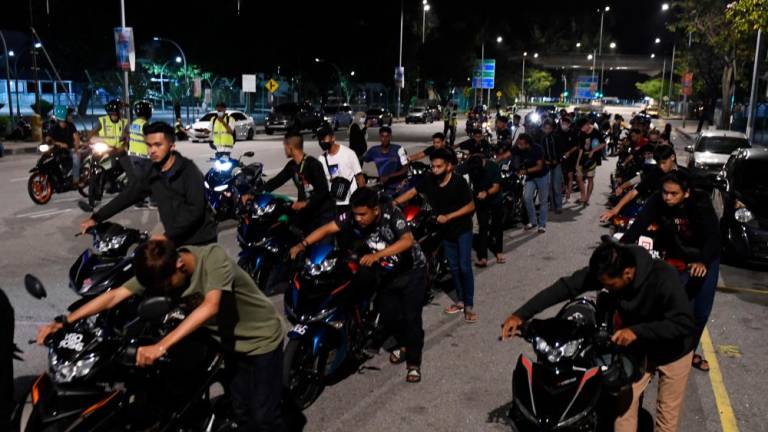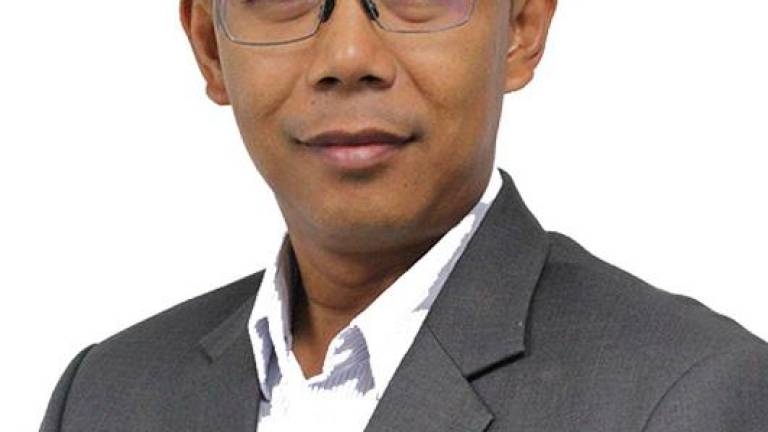BEFORE getting into film, Oscar Tong had music etched in his mind. “I love music,” was his first response when asked how he got into filmmaking.
“I wanted to study music after high school but my parents said no. A friend recommended that I study Mass Communication because one of the modules was audio production, in addition to film study and photography class, in which we also had to produce videos.”
In those four years at university, Tong interned at television station TV3 and at a local film production house, AC Creations Media, before co-founding a video production company, Untitled Films, with three close friends.
But it was only later that it became clear to him that his interest in film, that drove him to study cinematography in the United States, was what sowed the seeds of who he is today.
There is not a single film genre that Tong is not keen on.
“I love watching other cinematographers’ works. I always get fascinated looking at films that are visually stunning or sometimes, films that are visually disturbing yet impactful.”
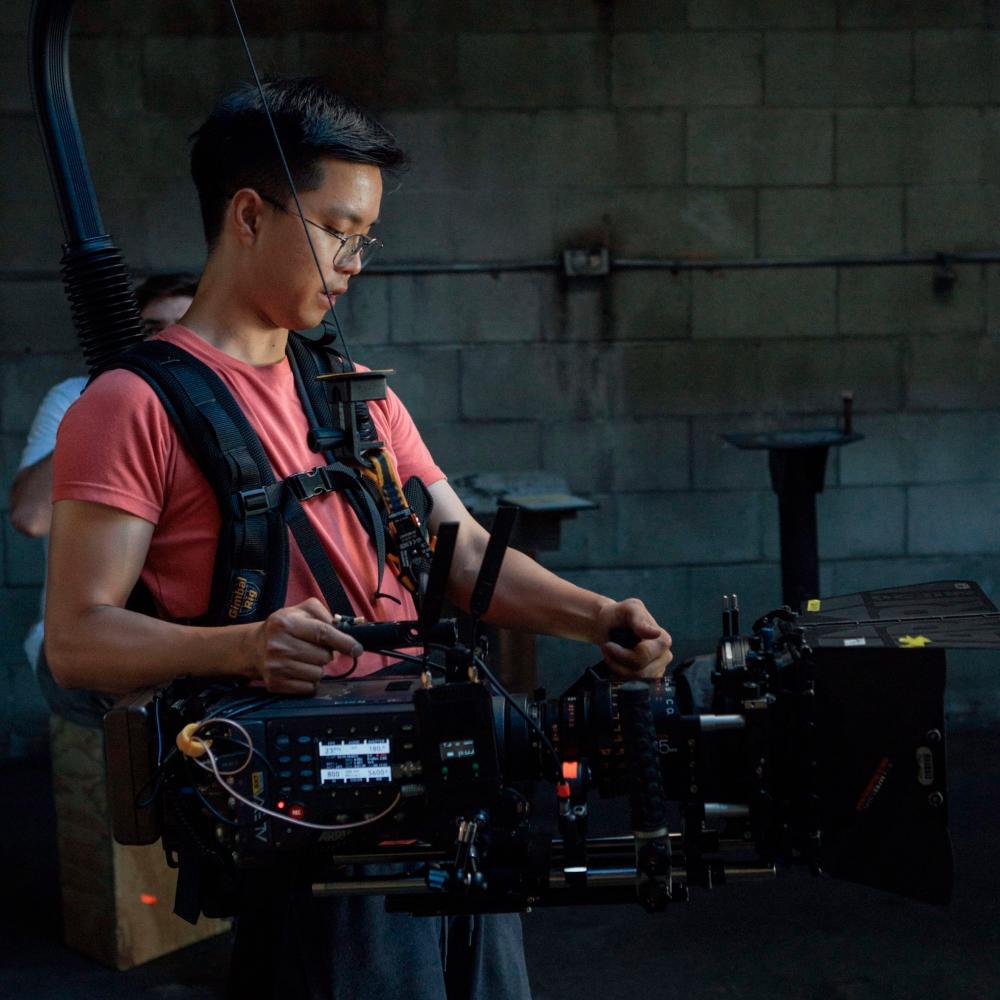
Handheld shooting has fallen somewhat out of fashion, but the technique is sometimes described as being “from the cameraman’s perspective.” Do you agree?
Absolutely! Still-shots and gimbal shots can be boring sometimes. Aren’t they? Personally, I’m a fan of handheld shooting, though for me, it’s more from the ‘audience perspective’ than the ‘cameraman’s perspective’
Handheld shots are often used in action scenes that require unusual movements to create a sense of intensity or to achieve a certain visual goal. When done incorrectly, it could possibly throw the audience out of the film.
How would you describe your cinematographic style?
I’m a very logical thinker, and it has somehow shaped the way I make films. I’m also obsessed with the idea of realism, creating visuals with natural light that our eyes usually see.
I made a rather unconventional lighting setup for a bonfire scene in my first-year thesis film in Upstate New York, as opposed to a ‘normal’ approach I know many of my cinematographer friends would go for. I was criticised by a friend with my approach and it made me doubt myself.
Until one day, I was watching X-Men: Dark Phoenix and there was a scene with Magneto sitting next to a bonfire. The cinematographer also took a similar approach by key-lighting the subject from the ground. I remember feeling excited seeing that scene on the big screen.
What other factors contribute to achieving a visual impact that we as viewers might not necessarily think about?
Camera lenses and camera placement. These elements decide the perspective in storytelling. When a director wants a wide shot, you know that most likely you’ll be using a wide-angle lens. But in order to convey the right emotion within the chosen perspective, it is not necessary to use a wide-angle lens.
In the film Days of Heaven (1978), most of the landscape shots were shot using telephoto lenses, which tend to compress the background and make everything appear nearer and ‘bigger’ to viewers.
Breaking Bad (2008-2013) is one of my favourite TV series. There was an argument scene between Walter White and Jesse Pinkman. All the shots of Jesse Pinkman were over the shoulder shots, which unconsciously tells the audience that we are watching the argument taking place from White’s perspective.
Speaking of emotion, what emotion is the hardest to convey?
I think all kinds of emotions are equally hard to convey. The hardest part for me is to make certain decisions to help convey that emotion. Even if there are a few options you could go with, you have to be on the same page and understand the director’s vision.
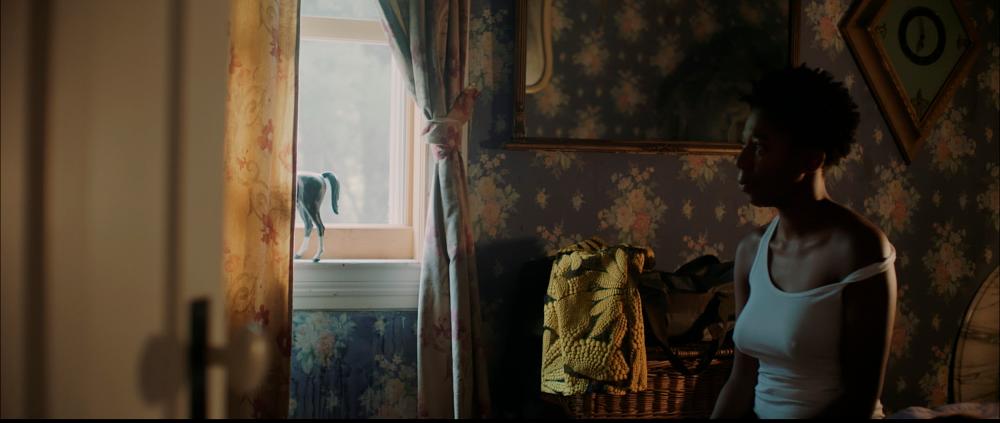
Could you tell us more about this synergy between the cinematographer and the film director?
Being a cinematographer is to solve tasks given by the director. However, the interesting part is that there will always be different and new challenges given by different directors to solve, regardless of how many films you’ve shot.
Part of a cinematographer’s job is to get into the director’s head. Hence, why I love talking to directors and getting to know more about them, such as the things that they like, visual preferences and films that they love. It helps to understand what sort of emotions they want to deliver and in what way and how they want to do it for a film.
Once you understand that, then you’re responsible to make visual choices that help support his vision for the film in which the director will always have the final say in any decision.
What are the challenges you encounter as a cinematographer?
Growing up as an introvert, it was a challenge for me to step out of my comfort zone and introduce myself and talk to people on set, but I’ve grown out of it now. It’s extremely important to have clear and transparent communication between the cinematographer and other key people working on set.
However, I still struggle with making quick decisions when things go south as time is money on set – anything from technical issues, unpredictable weather to making artistic choices in an unpredictable situation. I believe this will slowly become less of a challenge over time as I gain more experience working in the field.
